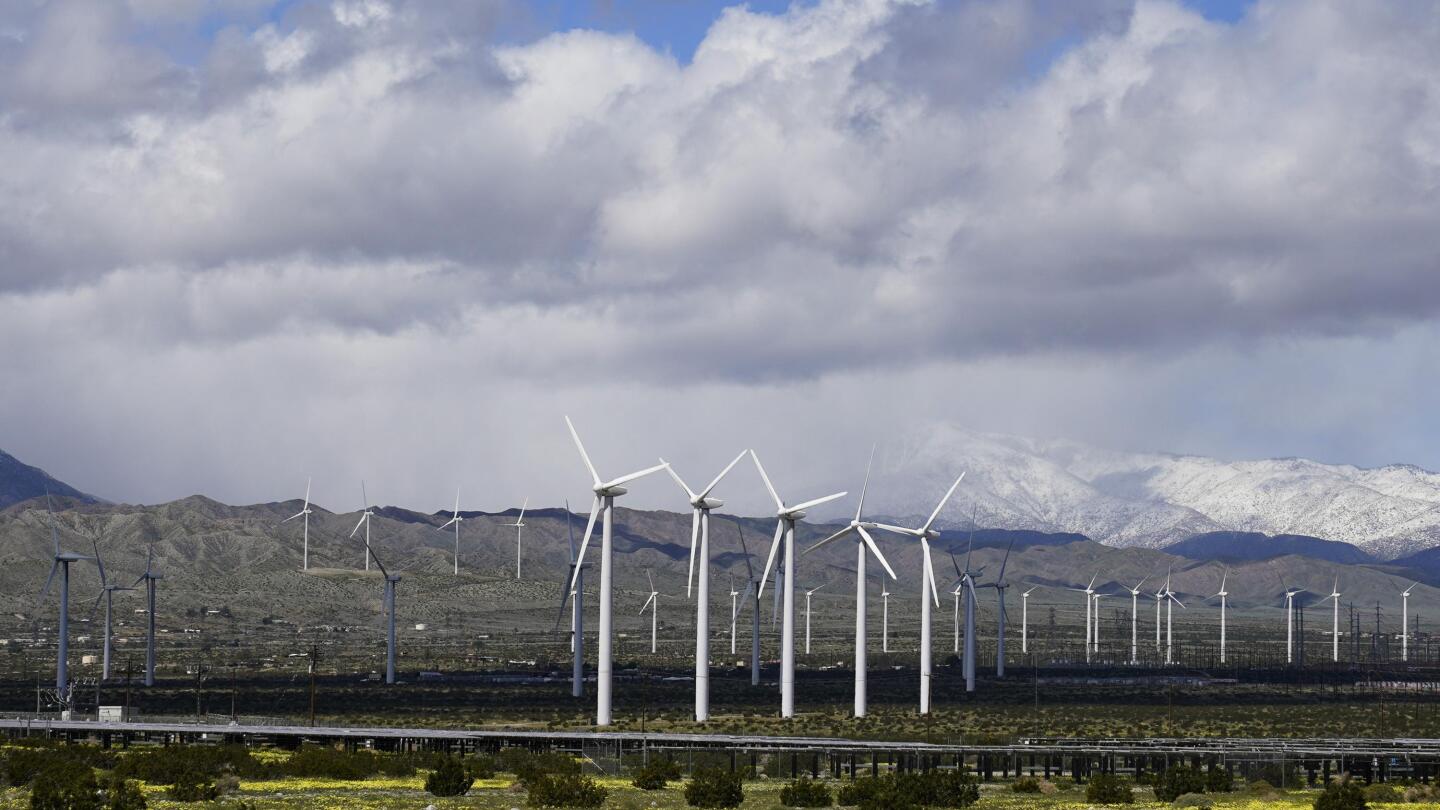"Electricity generated from renewables surpassed coal in the United States for the first time in 2022, the U.S. Energy Information Administration announced Monday.
Renewables also surpassed nuclear generation in 2022 after first doing so last year.
Growth in wind and solar significantly drove the increase in renewable energy and contributed 14% of the electricity produced domestically in 2022."

 apnews.com
apnews.com
The lower levelized cost of renewable energy production is what is driving this trend. Wind power has dropped 70% and solar an incredible 90%. In many parts of the country, it is the most affordable form of power.
Renewables also surpassed nuclear generation in 2022 after first doing so last year.
Growth in wind and solar significantly drove the increase in renewable energy and contributed 14% of the electricity produced domestically in 2022."

U.S. renewable electricity surpassed coal in 2022
The U.S. Energy Information Administration announced that electricity generated from renewables surpassed coal electricity production in the United States for the first time in 2022.
The lower levelized cost of renewable energy production is what is driving this trend. Wind power has dropped 70% and solar an incredible 90%. In many parts of the country, it is the most affordable form of power.


